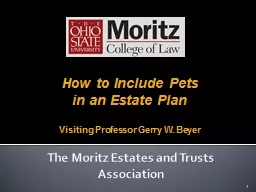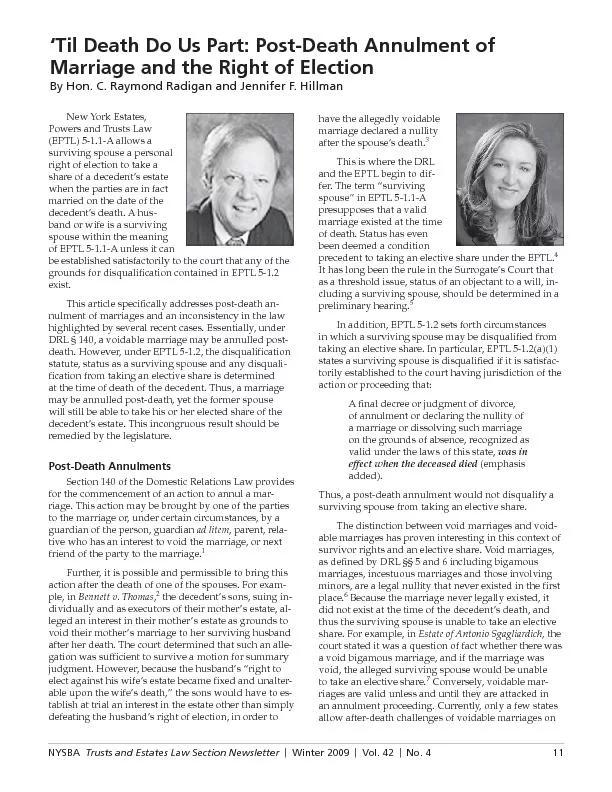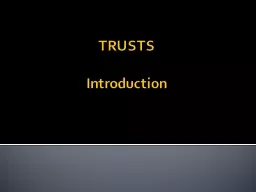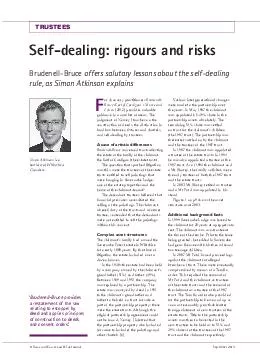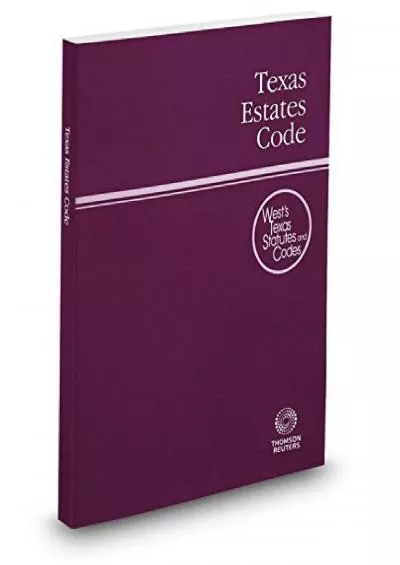PPT-The Moritz Estates and Trusts Association
Author : tawny-fly | Published Date : 2016-06-16
1 How to Include Pets in an Estate Plan Visiting Professor Gerry W Beyer Pet Ownership in America Today 711 Million households own at least one pet 63 of all households
Presentation Embed Code
Download Presentation
Download Presentation The PPT/PDF document "The Moritz Estates and Trusts Associatio..." is the property of its rightful owner. Permission is granted to download and print the materials on this website for personal, non-commercial use only, and to display it on your personal computer provided you do not modify the materials and that you retain all copyright notices contained in the materials. By downloading content from our website, you accept the terms of this agreement.
The Moritz Estates and Trusts Association: Transcript
Download Rules Of Document
"The Moritz Estates and Trusts Association"The content belongs to its owner. You may download and print it for personal use, without modification, and keep all copyright notices. By downloading, you agree to these terms.
Related Documents

